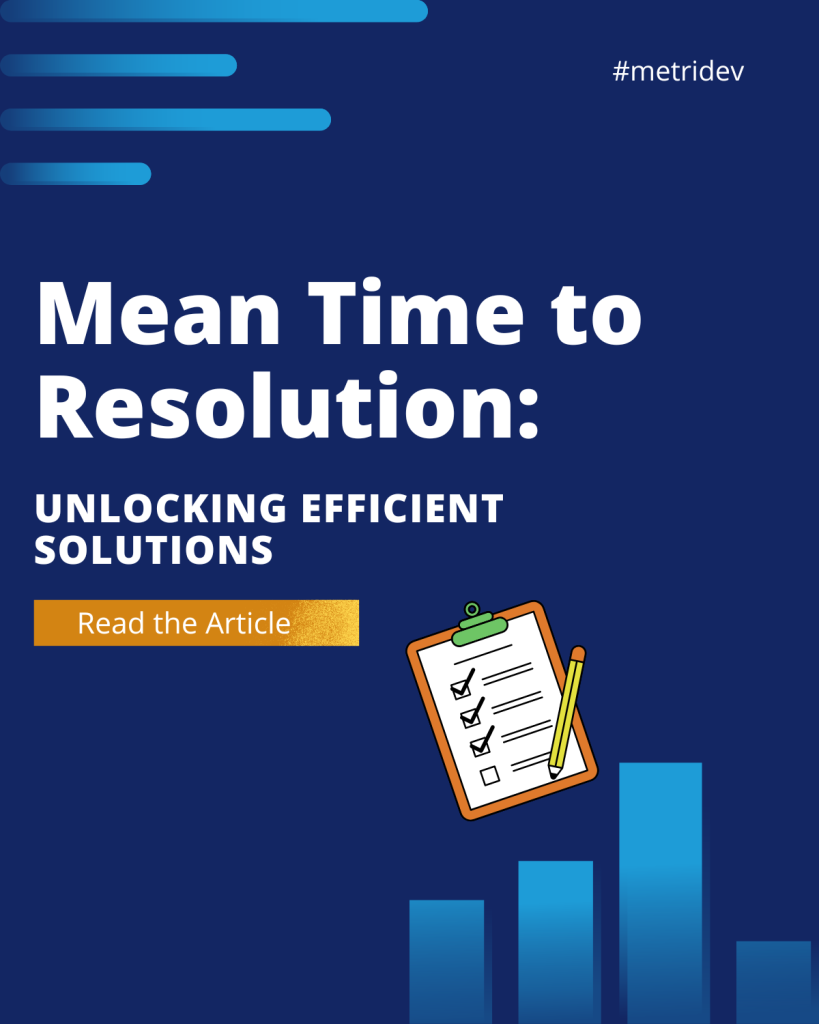Introduction to Project Management Approaches
Project management is the art and science of planning, organizing, and executing projects to achieve specific goals and objectives. Over the years, various project management approaches have emerged, each with its own set of principles, methodologies, and tools. Two of the most well-known and widely-used approaches are the Waterfall model and Agile project management.
The Waterfall model is a traditional, linear approach to project management, while Agile is an iterative, flexible, and collaborative approach. Both have their own strengths and weaknesses, and the choice between the two often depends on the nature of the project, the team’s capabilities, and the organization’s culture.
What is the Waterfall Model?
In the Waterfall model, project management follows a sequential approach, completing each phase of the project before moving on to the next. Firstly, during the requirements gathering phase, the project team defines the project’s objectives, scope, and requirements. Subsequently, during the design phase, the project team designs the solution to meet the identified requirements. Following this, during the implementation phase, the project team develops and implements the solution. Then, in the testing phase, verification that the solution meets the requirements occurs. Afterward, in the deployment phase, the solution is deployed to the end-users. Finally, in the maintenance phase, maintenance and support for the solution after deployment are provided.
Pros and Cons of the Waterfall Model
Pros:
- Clearly Defined Phases: The Waterfall model provides a clear and well-defined structure for project management, with distinct phases that are easy to understand and follow.
- Predictability: The linear nature of the Waterfall model makes it easier to predict the project’s timeline, budget, and resource requirements.
- Documentation: The Waterfall model emphasizes thorough documentation, which can be beneficial for compliance, auditing, and knowledge-sharing purposes.
- Suitability for Stable Requirements: The Waterfall model works well when the project requirements are well-defined and stable, and the scope is not expected to change significantly during the project.
Cons:
- Lack of Flexibility: The Waterfall model is rigid and does not easily accommodate changes or new requirements that may arise during the project.
- Delayed Feedback: Since the Waterfall model involves sequential phases, feedback and testing are often delayed until the later stages of the project, which can make it more difficult to address issues.
- Limited Collaboration: The Waterfall model tends to have a more siloed approach, with limited collaboration between different teams or stakeholders.
- Suitability for Changing Requirements: The Waterfall model is not well-suited for projects with rapidly changing requirements or high levels of uncertainty.
What is Agile Project Management?
Agile project management is an iterative and incremental approach to project management, where the project is divided into smaller, manageable chunks called “sprints” or “iterations.” This methodology emphasizes collaboration, flexibility, and continuous feedback and improvement. The Agile approach is guided by the Agile Manifesto, which outlines four key values. Firstly, it prioritizes individuals and interactions over processes and tools. Secondly, it values working software over comprehensive documentation. Additionally, Agile emphasizes customer collaboration over contract negotiation and responding to change over following a plan. These values underscore the Agile methodology’s commitment to adaptability, customer satisfaction, and delivering value through iterative development cycles.
Pros and Cons of Agile Project Management
Pros:
- Flexibility. Agile project management allows for greater flexibility and the ability to adapt to changing requirements or market conditions.
- Faster Delivery. The iterative nature of Agile enables teams to deliver working products or features more quickly, with regular feedback and improvements.
- Improved Collaboration. Agile encourages close collaboration between cross-functional teams, stakeholders, and customers.
- Better Risk Management.Agile’s iterative approach helps to identify and address risks early in the project lifecycle.
Cons:
- Lack of Upfront Planning. Agile’s focus on flexibility and responding to change can sometimes lead to a lack of upfront planning, which can result in scope creep or unclear project goals.
- Difficulty Estimating Timeline and Budget. Agile projects can be more challenging to estimate in terms of timeline and budget, as the scope and requirements may change throughout the project.
- Potential for Inefficient Processes. If not implemented properly, Agile can lead to inefficient processes, such as excessive meetings or a lack of documentation.
- Resistance to Change. Agile may not be well-suited for organizations or teams that are resistant to change or prefer a more traditional, structured approach to project management.

Comparing Agile and Waterfall Approaches
The main differences between the Agile vs Waterfall approaches to project management can be summarized as follows:
| Characteristic | Waterfall | Agile |
|---|---|---|
| Approach | Linear and sequential | Iterative and incremental |
| Focus | Comprehensive planning and documentation | Flexibility and responding to change |
| Collaboration | Limited collaboration between teams and stakeholders | Encourages close collaboration between cross-functional teams and stakeholders |
| Feedback | Delayed feedback, often until the later stages of the project | Continuous feedback and improvement throughout the project lifecycle |
| Suitability | Well-suited for projects with stable requirements and low uncertainty | Well-suited for projects with changing requirements and high uncertainty |
What is the Difference Between Agile and Waterfall in 2024?
As we move towards 2024, the differences between Agile vs Waterfall project management approaches are likely to become even more pronounced. Here are some key differences that may emerge:
- Adoption of Agile Practices. Agile project management is expected to continue its rapid growth, with more organizations adopting Agile practices and frameworks, such as Scrum, Kanban, and Lean.
- Increased Use of Automation and AI. Both Agile and Waterfall approaches are likely to incorporate more automation and artificial intelligence (AI) tools to streamline project management processes, such as task scheduling, resource allocation, and risk management.
- Focus on Continuous Improvement. Agile’s emphasis on continuous feedback and improvement is likely to become more prominent, with organizations actively seeking ways to optimize their Agile practices and workflows.
- Hybrid Approaches. Some organizations may adopt a hybrid approach, combining elements of both Agile and Waterfall methodologies, to leverage the strengths of each and address the unique needs of their projects and teams.
- Increased Emphasis on Soft Skills. As Agile and Waterfall approaches evolve, there will be a greater emphasis on the importance of soft skills, such as communication, collaboration, and adaptability, in addition to technical project management skills.
What is the Main Advantage of the Waterfall Methodology over the Agile Approach?
The main advantage of the Waterfall methodology over the Agile approach is its suitability for projects with well-defined and stable requirements. The linear and sequential nature of the Waterfall model provides a clear and predictable structure, making it easier to plan, estimate, and manage the project’s timeline, budget, and resources.
In contrast, Agile’s iterative and flexible approach may be less suitable for projects with a high degree of certainty and a clear, predetermined end goal. The Waterfall model’s emphasis on thorough documentation and upfront planning can also be beneficial for projects that require strict compliance or regulatory oversight.
Factors to Consider When Choosing Between Agile and Waterfall
When deciding between the Agile vs Waterfall approaches, organizations should consider several factors. Firstly, they should assess the project characteristics, including the level of complexity, uncertainty, and the rate of change in requirements. Secondly, organizational culture plays a crucial role. Organizations should evaluate their openness to change, collaboration among teams, and willingness to embrace an iterative and flexible approach.
Additionally, assessing team capabilities is essential. Organizations should consider the skills and experience of the project team, their familiarity with Agile or Waterfall practices, and their adaptability to different approaches. Moreover, understanding stakeholder expectations is crucial. Organizations should consider stakeholders’ preferences, tolerance for change, and expectations regarding project deliverables and timelines. Lastly, regulatory and compliance requirements must be taken into account. These include the need for strict documentation, auditing, or compliance with industry standards or regulations. Evaluating these factors can help organizations make informed decisions about which project management approach best fits their needs and circumstances.
What is the Difference Between Waterfall vs Agile vs Scrum?
While Waterfall and Agile are two distinct project management approaches, Scrum, a specific Agile framework widely used in software development and other industries, distinguishes itself.
Waterfall:
- A linear, sequential approach to project management
- Focuses on thorough planning and documentation
- Emphasizes a clear, predetermined set of requirements
Agile:
- An iterative and flexible approach to project management
- Emphasizes collaboration, continuous feedback, and responding to change
- Encompasses various frameworks, such as Scrum, Kanban, and Lean
Scrum:
- A popular Agile framework that is widely used in software development
- Focuses on short, time-boxed iterations (sprints) to deliver working software
- Utilizes specific roles (Scrum Master, Product Owner, Development Team) and events (Sprint Planning, Daily Standup, Sprint Review, Retrospective)
The key difference is that Waterfall is a distinct project management approach, while Agile is a broader philosophy that encompasses various frameworks, including Scrum. Scrum is a specific Agile framework that provides a structured process for managing software development projects.
Best Practices for Implementing Agile or Waterfall
Regardless of the approach chosen, there are several best practices that organizations can follow to ensure successful project management. Firstly, clearly defining goals and scope is essential. This ensures that the project’s objectives, scope, and requirements are well-defined and understood by all stakeholders. Additionally, establishing effective communication is crucial. Implementing clear communication channels and processes fosters collaboration and information sharing among team members and stakeholders. Moreover, prioritizing continuous improvement is key. Regularly reviewing and optimizing project management processes, incorporating feedback and lessons learned to continuously improve, is vital for success. Furthermore, providing adequate training and support is necessary. Ensuring that the project team and stakeholders have the necessary skills and knowledge to effectively implement the chosen approach enhances project outcomes. Lastly, measuring and tracking progress is important. Establishing key performance indicators (KPIs) and regularly monitoring and reporting on the project’s progress helps identify and address any issues or risks.
Conclusion: Choosing the Right Project Management Approach for Your Organization
When it comes to project management, there is no one-size-fits-all solution. The choice between the Agile vs Waterfall approaches depends on the specific needs and characteristics of the organization, the project, and the team.
Organizations should carefully evaluate their project requirements, team capabilities, and organizational culture to determine the most suitable approach. In some cases, a hybrid approach that combines elements of both Waterfall vs Agile may be the best solution.
Regardless of the approach chosen, the key to successful project management lies in effective planning, communication, and continuous improvement. By leveraging the strengths of each methodology and adapting them to the organization’s unique needs, project managers can ensure the successful delivery of their projects.
To learn more about how to choose the right approach and ensure its successful implementation, read our article Agile or Scrum Methodologies: A Game-Changer in the Digital Era.









Leave a Reply